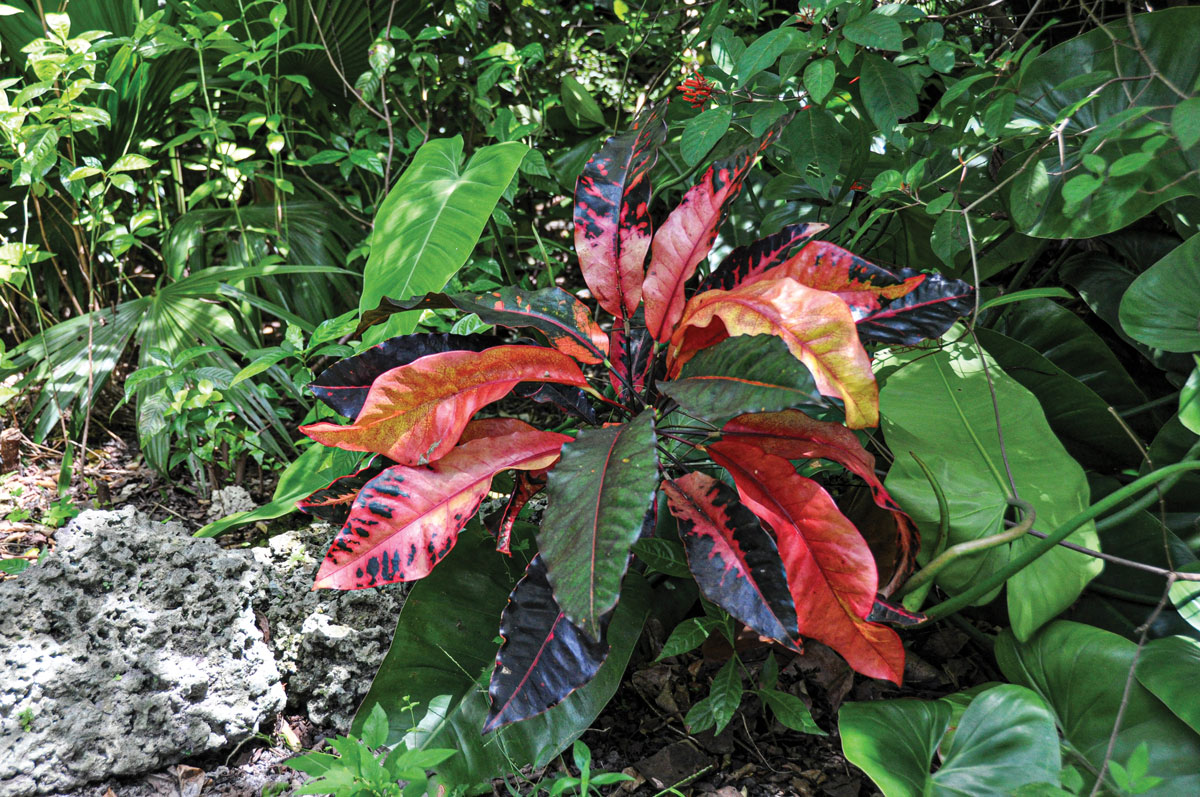Plant Parenthood: Tropical Fruit Plant Propagation 101
You can propagate plants using seed, cuttings, air-layers (also called marcots), division and grafting. Propagation by seed is sexual propagation, while the other four techniques are asexual propagation. I will focus on the propagation of subtropical and tropical fruit, but these techniques can be applied to any plants.
Sexual propagation is beneficial because you can usually get many seeds for a small amount of money. Another key advantage is that the offspring are not exactly the same as the parent plant. For example, if there are 1,000 oak trees in a forest and a disease strikes, it’s possible that some of the trees would not die because they are not all genetically the same.
Genetic diversity can also be a detriment. If you’re trying to clone a specific cultivar, you need to use one of the asexual techniques. A cultivar is a named and unique fruit within a species. You may be familiar with the mango cultivars ‘Valencia Pride’, ‘Fairchild’, and ‘Keitt’. These are all mangos, but they also have specific qualities that make them distinctive from other mangos. Propagation by seed would not produce offspring identical to the parent.
A final disadvantage of propagation by seed is that the tree will take a long time to produce flowers or fruit. If you’re trying to grow an avocado from a seed, you won’t know what the fruit will taste like for a long time. It could be awful because it’s not the same as the mother plant. It will take seven to ten years to produce fruit because the tree needs to go through all of the stages of sexual maturity.
Propagation by cuttings, air-layers, division and grafting are all asexual techniques. These techniques clone the parent plant so you’re able to get an exact copy of a specific cultivar. When you graft an ‘Arkin’ carambola, the offspring will be an ‘Arkin’ carambola.
Propagation by cuttings, air-layers, and division are fairly easy, while the technique of grafting takes more time to learn. Cloning the parent plant is an obvious advantage to maintain a cultivar over time and to get the exact fruit that you want. Another key advantage is that unlike sexual propagation, asexual propagation allows your tree to fruit very quickly because you are cloning material that is already sexually mature.
In the winter issue, we’ll explain each propagation technique. For a more detailed explanation of sub-tropical and tropical fruit propagation, visit here.
Techniques at a glance
Pros: Genetic diversity, cheap
Cons: Slow, not a clone, can take many years to fruit
Asexual propagation = Cuttings, air-layers, division, grafting
Pros: Clones the parent plant, produces a plant that can produce fruit quickly
Cons: Can sometimes be difficult





